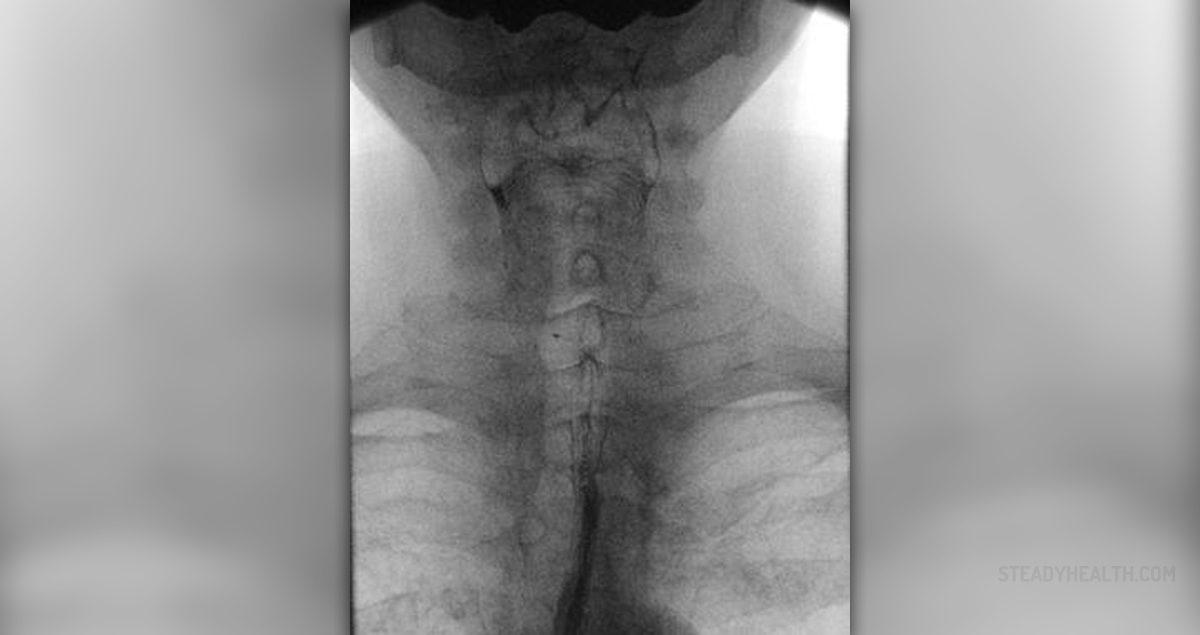
The esophagus is an organ located in the chest and it is shaped like a tube. This organ is usually about 10 inches long. Due to the fact that it is a part of the digestive tract, the esophagus plays a significant role in the process of digestion. When a person introduces food into the body, it moves through the esophagus and ends up in the stomach. The wall of this organ consists of several layers. These include the inner layer or the lining, which is also called mucosa, submucosa, muscle layer and the outer later. The inner layer is moist which allows the food to move through it more easily on its way to the stomach. Mucus is created by the glands of the submucosa. The food is pushed to the stomach by the muscle layer while the outer layer covers the organ.
Esophageal Cancer
Each and every tissue is made of cells, which are considered to be its building blocks. The cancer first develops from these cells. Under normal circumstances cells of various organs grow and then divide in order to make new cells which replaced the old ones. New cells serve their function and once they become old or get damaged they eventually die. When a build-up of extra cells occurs a mass is formed. Such mass is called a growth or a tumor. Tumors are not always malignant, they can also be benign or non cancerous. Benign growths are not as dangerous as malignant ones as they do not often pose a threat to life, can be removed and when they do get removed they almost never grow back and do not spread to surrounding tissues and nearby organs. On the other hand, malignant tumors are more likely to be highly damaging, grow back after being removed, attack the surrounding tissue and organs and spread to other body parts eventually causing death.
Cancer of the esophagus stems from the cells of the inner layer of the organ. As the disease advances, the deeper layers of the esophagus get infiltrated by the tumor cells. Nearby tissues/organs get invaded as well. Cancer cells can enter blood vessels in some situations and that is a serious problem. By entering the blood cancer cell are easily distributed throughout the body. Apart from that, cancer cells can attach themselves to other tissues and grow to form new tumors. Such spread of the cancer is medically named metastasis.
When it comes to esophageal cancer there are two histological types of the tumor which are seen most. Treatment, diagnosis and management of both these types is practically not different. Adenocarcinoma is the first type and is generally located in the lower part of the organ, close to the stomach. Adenocarcinoma is the most frequent type of esophageal cancer affecting people in the United States. Squamous cell carcinoma is other type of the tumor. It is basically distributed all over the organ but usually first occurs in the upper portion of the esophagus. Even though this type is not so common in the United States it is actually the most distributed type of esophageal cancer all over the world.
Why is it on the Rise?
Due to better preventive methods and efforts, the rates of certain cancer types have decreased during the period of the last 25 years. However, that is not the situation with cancer of the esophagus and the rates of this cancer type have significantly increased. Medical experts are unsure what the actual cause of the increase is. The good thing is that certain vital risk factors have been identified.
Getting to know the causes of esophagus cancer and making certain changes in lifestyle can significantly reduce the risk of developing this type of cancer. Every person can develop cancer of the esophagus but it is more seen in men, especially African-American, Asian-American and Caucasian men.
Since the year of 1975, 75% of all esophageal cancers have been squamous cell carcinoma but the rates have dropped drastically. On the other hand, the incidence of adenocarcinoma has seriously increased. Four people out of one million were affected by adenocarcinoma in 1975 and in 2001 that number was 23.
Some experts believe that an increase has occurred due to the fact that certain risk factors of adenocarcinoma increased as well. One obvious proof is the rise of obesity. Obesity is not directly the risk factor but a higher incidence of reflux disease which occurres due to obesity is. Additionally, there are lots of other risk factors for adenocarcinoma like being older than 60 years of age, being male, using tobacco and alcohol, suffering from Barrett’s esophagus, having a history of head or neck cancer and consuming hot beverages on a daily basis. All the mentioned risk factors are known to contribute to cancer development and by reducing them one may prevent development of esophageal cancer.

















Your thoughts on this
Loading...